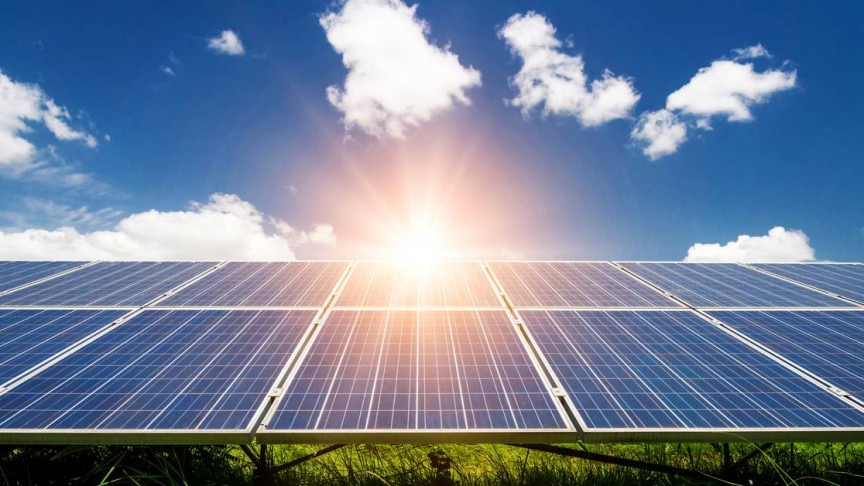Content Attributes
Businesses nowadays are more open to renewable energy resources as the impact of climate changes increases. Exploring the options before settling in something is always a good choice.
Among the environmentally beneficial and renewable energy resources lies solar energy as well. As it is capable of replacing electricity, enterprise holders always consider it as a cost-effective option. Off-grid solar sizing calculator helps you correctly size the battery bank, Watts of solar power, and charge controller you will need for an off grid solar panel system in your location. Continue reading to find out how solar panels function and how do they help in saving up.
If you desire to run an eco-friendly business, consulting a utility bidder recommended. Since they are professionals, they will provide you with the best possible options. Continue reading to find out how solar panels function and how do they help in saving up.
What is Solar Energy?
Solar energy a vitality derived from the sun. This is critical since, presumably, the sun will never run out of energy. As the sun shines every day, it will always be the ultimate source of renewable energy. Unlike other fossil fuels, refuelling not required for the sun.
Solar photovoltaic or PVs turn sunlight into electricity which then captured via the solar panels. Solar panels consist of numerous atoms. It is generated when photons from an atom strike the electrons of another atom loose, thus resulting in an electric current. Solar panels comprise these small embedded systems known as PV cells, as mentioned earlier.
Several PV cells joined together constitute a solar panel. These photovoltaic cells are grouped into modules that are subsequently joined for solar panels that may be seen on the roofs.
The Working Mechanism of Solar Panels
Photons are light particles. As mentioned earlier, photons separate electrons from atoms. Let’s see how it works. The working mechanism can broke down into simple steps:
STEP 1: Sunlight captured by the solar panels
When sunlight strikes the photovoltaic panels, they produce direct current. This would be all good, but DC alone is not sufficient enough to power your building. This is where the additional equipment comes in handy. Now let’s talk about solar inverters.
STEP 2: Usable power generated as a result of conversion through solar inverters
Some arrangements come with an entire system powered by a single inverter. This inverter known as a string inverter. In other cases, a micro-inverter would install behind each solar panel for conversion.
The crucial thing to understand regarding inverters is that they transform direct current DC to alternating current AC. AC is now the electricity that keeps your building running.
STEP 3: The building now powered by solar energy
Solar energy is fed to the net meter and now used to power the appliances. You will not need to adjust anything because it operates just like standard electricity.
If the photovoltaic panels do not generate enough electricity, there should not be any problem. You would still connected to the power grid. This implies that you can draw electricity from the utilities whenever required.
Step 4: Any excess solar energy is fed into the grid
Although it may seem contradictory to be on the regular electricity grid once you have photovoltaic panels, there are benefits to being on the power system. It enables using the required amount of energy before sending the surplus amount to the utility.
Photovoltaic panels provide energy when the sun shines but also utilize power at night when the sun is not shining. This is why it is critical to maintain a connection to the electricity grid.
